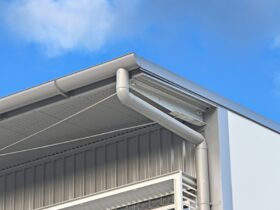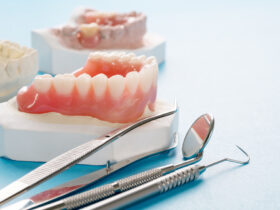Chef aprons are an essential part of a professional kitchen uniform, providing both protection and a polished appearance. With various styles, materials, and care methods available, it can be challenging to choose the perfect apron for your needs. This comprehensive guide will cover everything you need to know about chef aprons, from the different styles and materials to proper care and maintenance. By the end of this article, you’ll be well-equipped to make an informed decision and keep your apron looking its best for years to come.
Why Wear A Chef Apron?
Chef aprons serve several purposes in a professional kitchen. First and foremost, they offer protection from spills, splatters, and other kitchen mishaps that can soil or damage clothing. Additionally, chef aprons provide a barrier between your clothes and raw or allergenic ingredients, helping to prevent cross-contamination. Wearing a chef apron also adds a professional touch to your appearance, signaling to others that you take your role in the kitchen seriously. Finally, aprons often feature pockets, allowing you to keep essential tools and equipment close at hand.
Popular Chef Apron Styles
When it comes to chef apron styles, there are several options to choose from, each with its benefits and drawbacks. Some popular styles include:
- Bib Aprons: These aprons provide full coverage, with a bib that covers the chest and a skirt that extends down to the knees or lower. Bib aprons often feature adjustable neck straps and waist ties for a customizable fit. They are ideal for those who require maximum protection and coverage in the kitchen.
- Waist Aprons: Waist aprons, also known as bistro aprons, are worn around the waist and provide coverage from the waist down. These aprons are less cumbersome than bib aprons and are suitable for tasks that require less protection, such as serving or bartending.
- Cobbler Aprons: Cobbler aprons offer full coverage for both the front and back of the body, with side ties to secure the apron in place. These aprons are excellent for those who need protection from spills and splatters but do not require the additional coverage of a bib apron.
- Cross-Back Aprons: Cross-back aprons feature straps that cross over the back and attach to the waistband, providing a more comfortable and secure fit than traditional neck straps. These aprons are ideal for those who find neck straps uncomfortable or restrictive.
Choosing The Right Material For Your Chef Apron
The material of your chef apron plays a crucial role in its durability, comfort, and functionality. Some common materials used in chef aprons include:
- Cotton: Cotton is a popular choice for chef aprons because it is soft, breathable, and easy to care for. However, cotton can be less durable than other materials and may not provide the same level of protection against spills and stains.
- Polyester: Polyester is a synthetic material that is lightweight, durable, and resistant to wrinkles and stains. However, it is not as breathable as cotton and may be less comfortable to wear for extended periods.
- Poly-Cotton Blend: A blend of polyester and cotton offers the best of both worlds, combining the comfort and breathability of cotton with the durability and stain resistance of polyester.
- Canvas: Canvas is a heavy-duty material that provides excellent protection and durability. However, it can be less comfortable and breathable than other materials.
- Denim: Denim is a stylish and durable option, but it may be less comfortable and breathable than other materials.
When choosing a material for your chef apron, consider factors such as your work environment, the tasks you perform, and your personal comfort preferences.
Proper Care And Maintenance Of Chef Aprons
Taking proper care of your chef apron will help ensure it remains in good condition and lasts for years to come. Here are some tips for maintaining your apron:
- Always follow the care instructions on the apron’s label, as different materials may have specific care requirements.
- Wash your apron regularly to prevent the buildup of stains and odors. If possible, wash your apron separately from other clothing items to prevent color bleeding or damage.
- Treat stains promptly, using a stain remover or pre-treatment product designed for the specific type of stain.
- Avoid using bleach on colored aprons, as it can cause fading or discoloration.
- Hang your apron to dry or use a low heat setting on your dryer. High heat can cause shrinkage or damage to some materials.
- Iron your apron if necessary, using the appropriate heat setting for the material.
Conclusion
Chef aprons are an essential component of a professional kitchen uniform, offering protection, functionality, and a polished appearance. By understanding the different styles, materials, and care methods available, you can make an informed decision and choose the perfect apron for your needs. With proper care and maintenance, your chef apron will remain in excellent condition, helping you look and feel your best in the kitchen for years to come.










Find Us on Socials